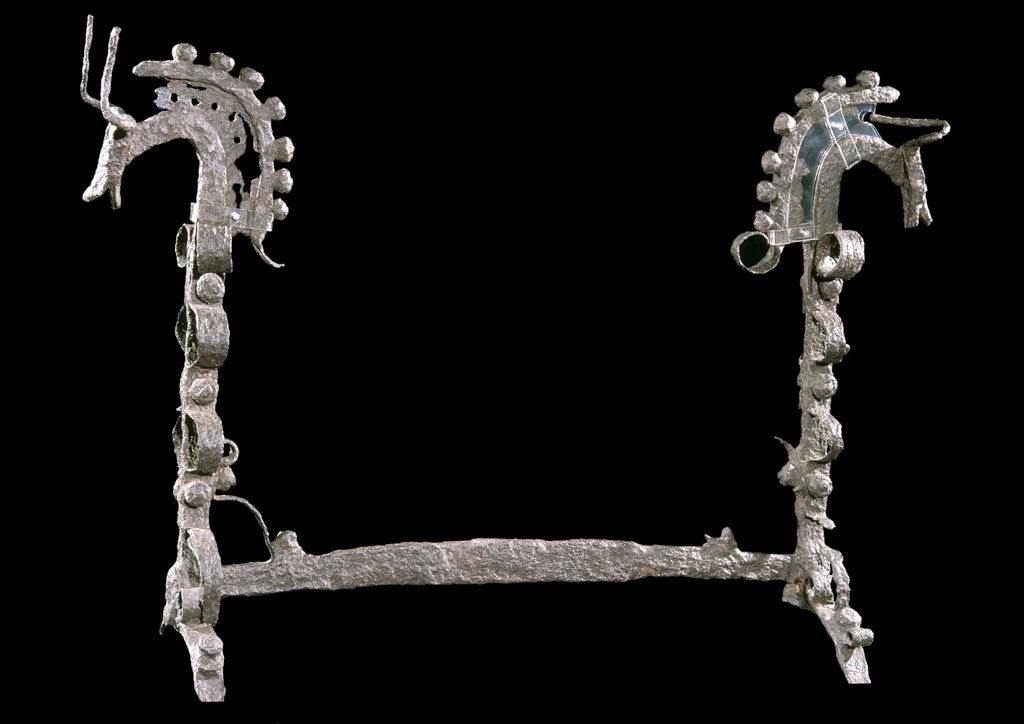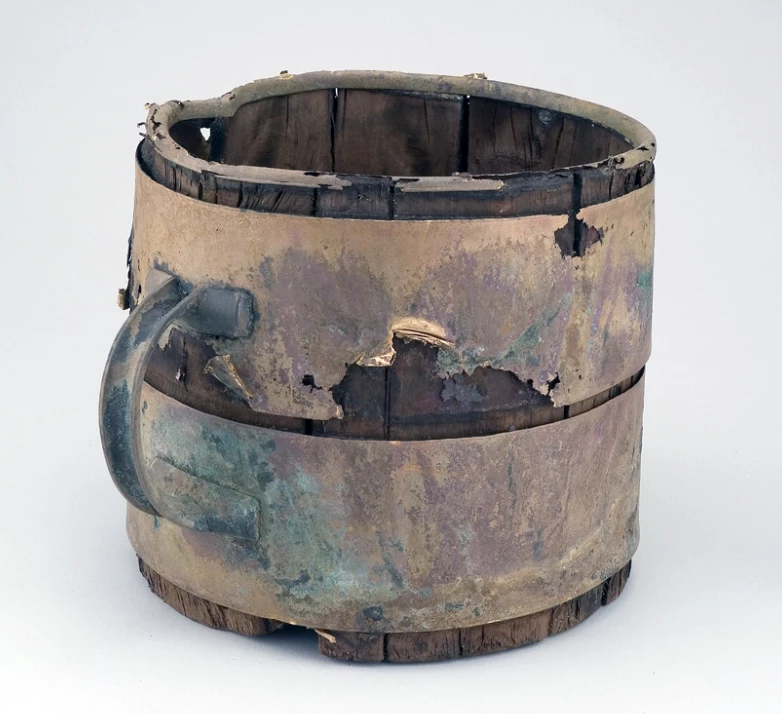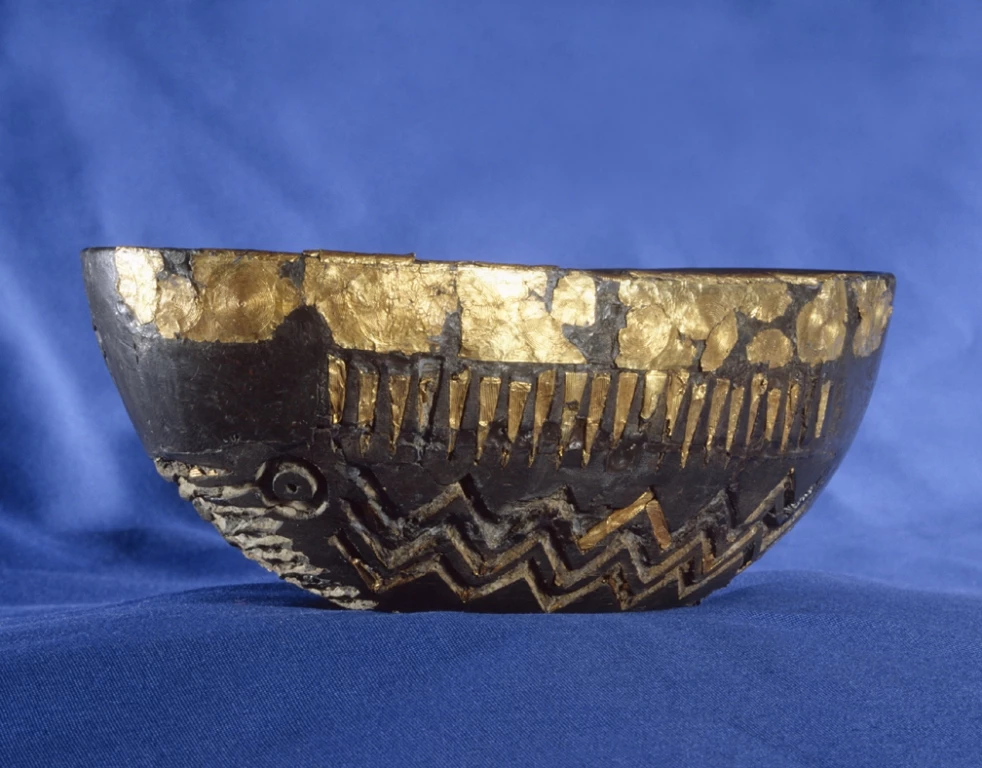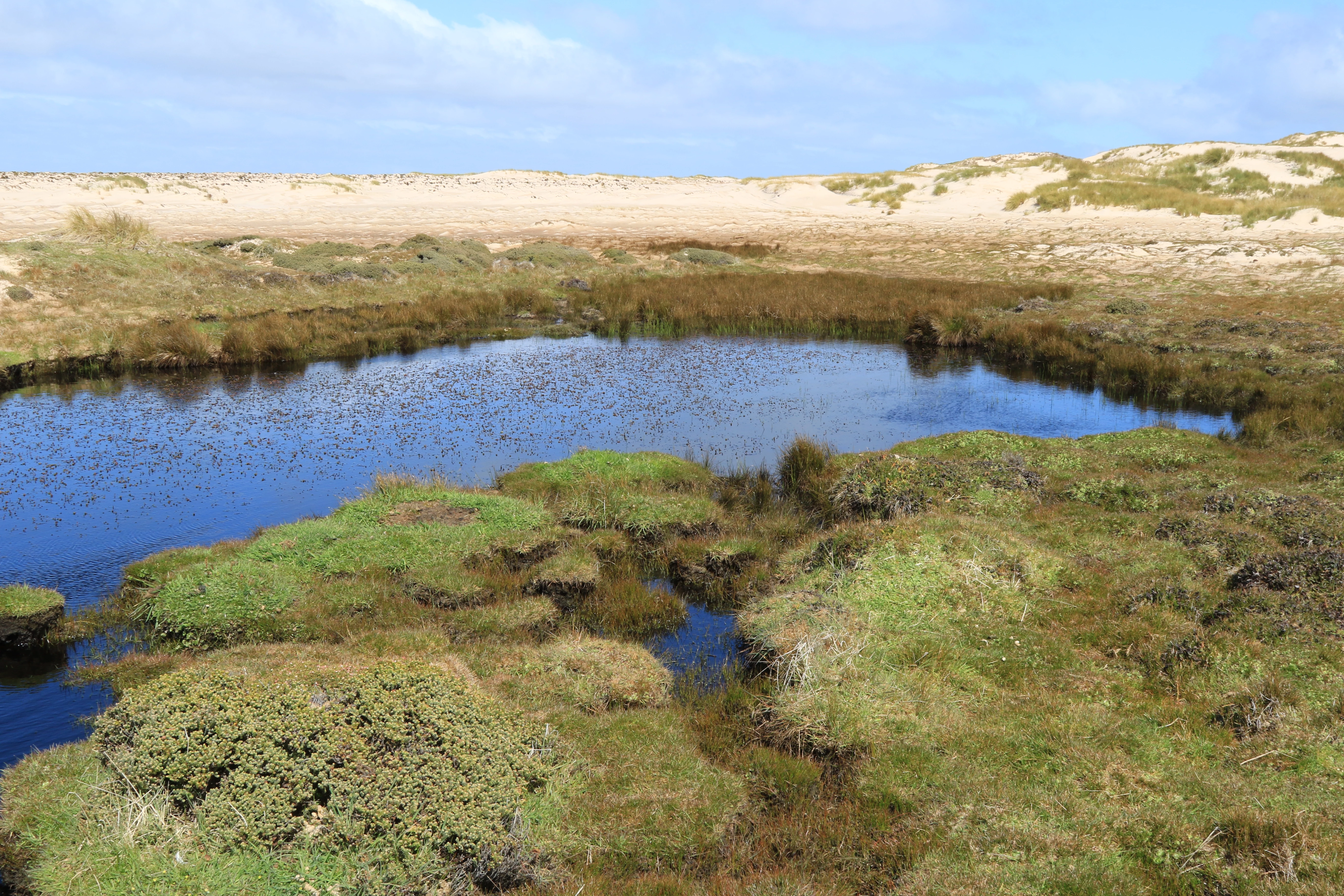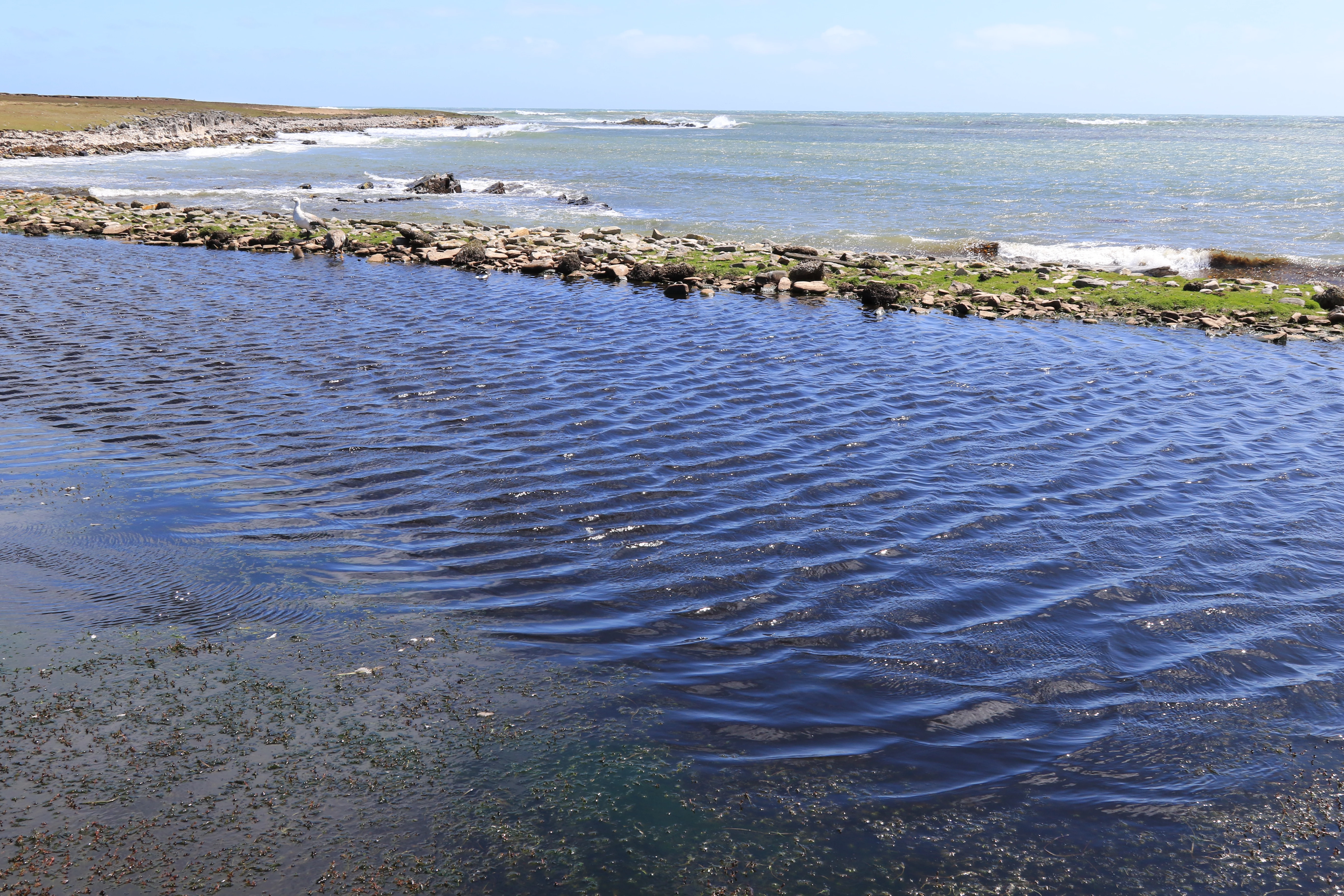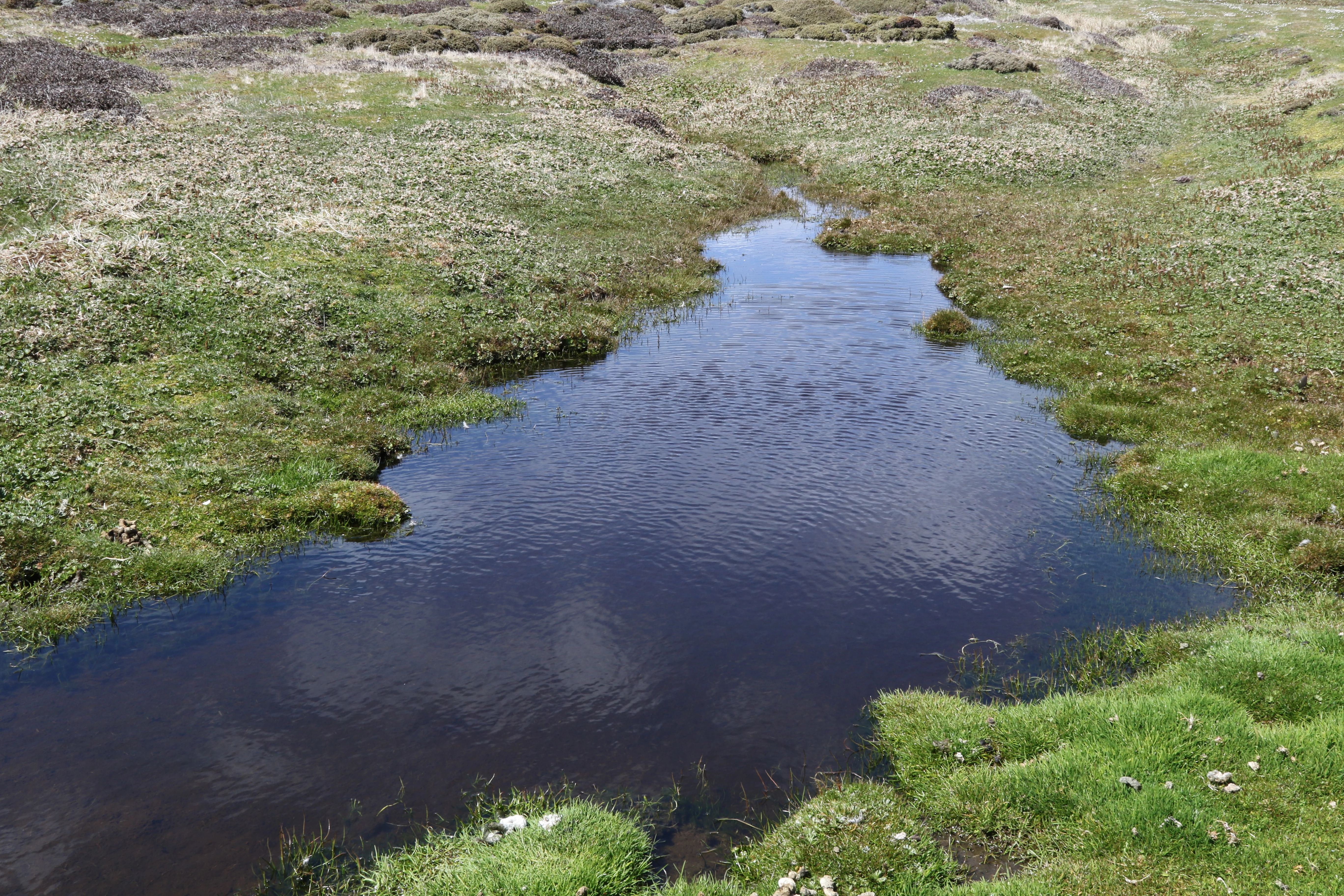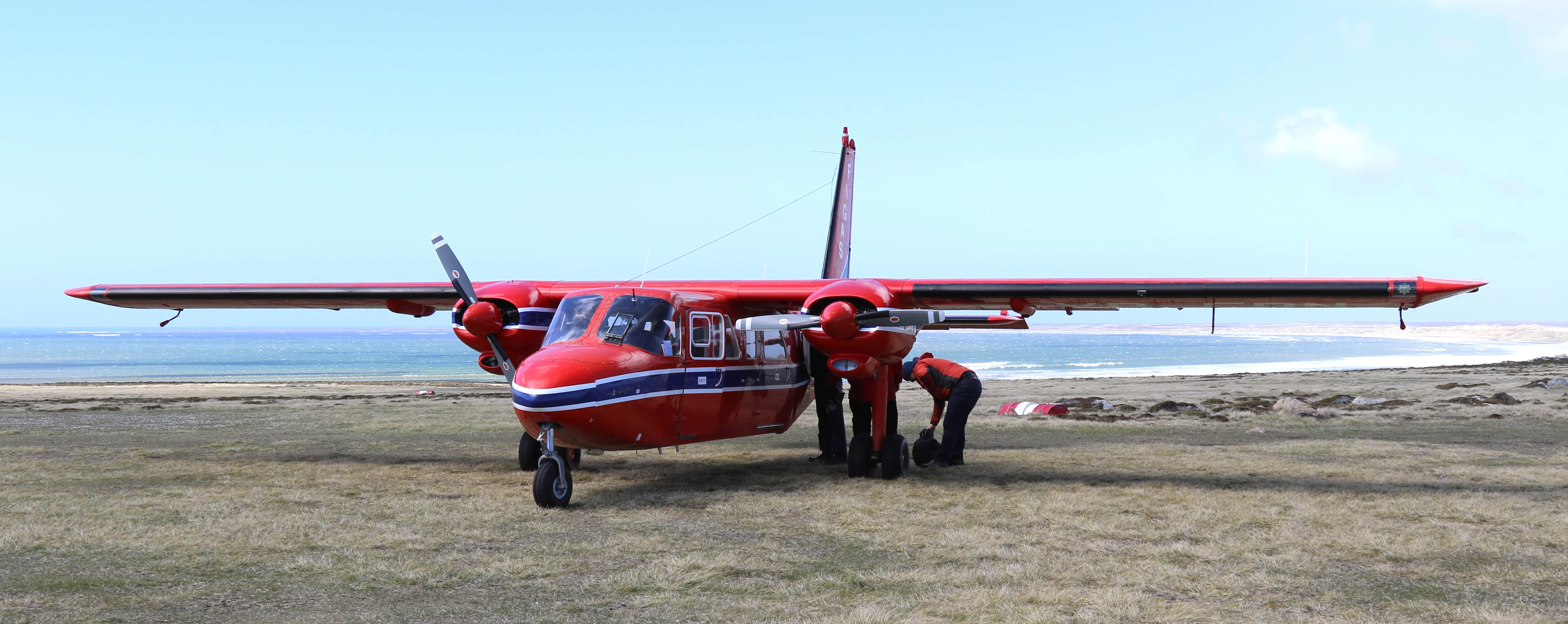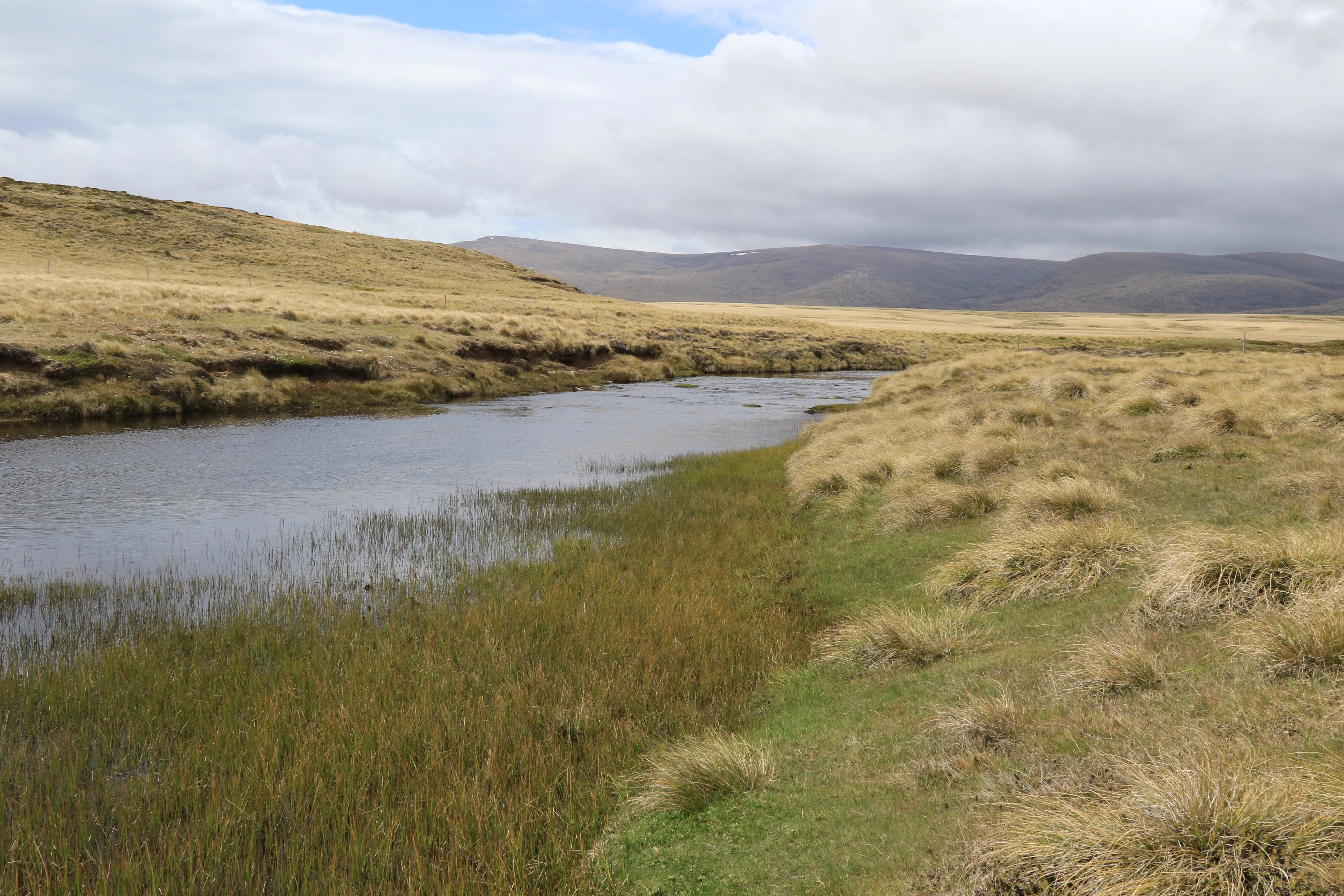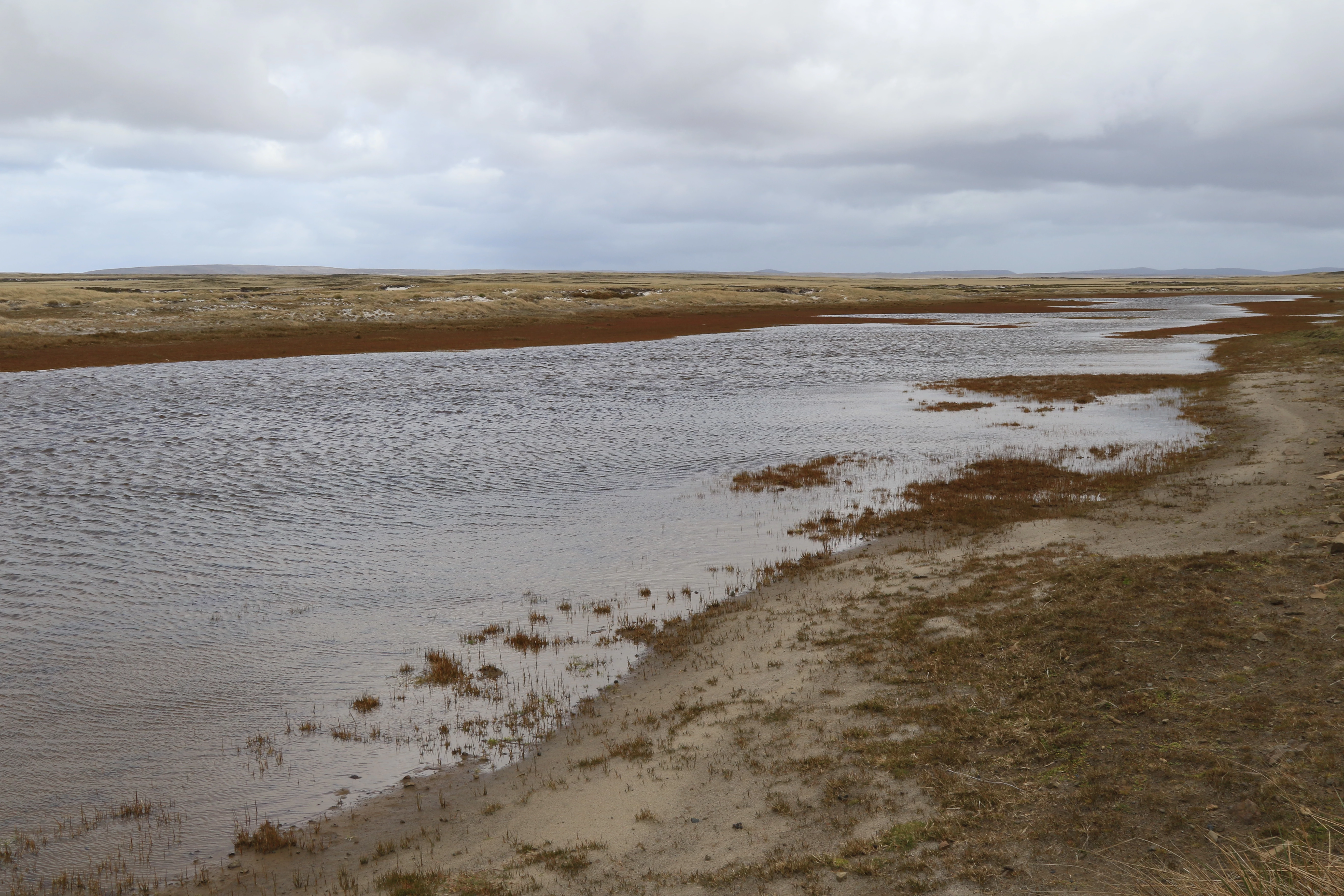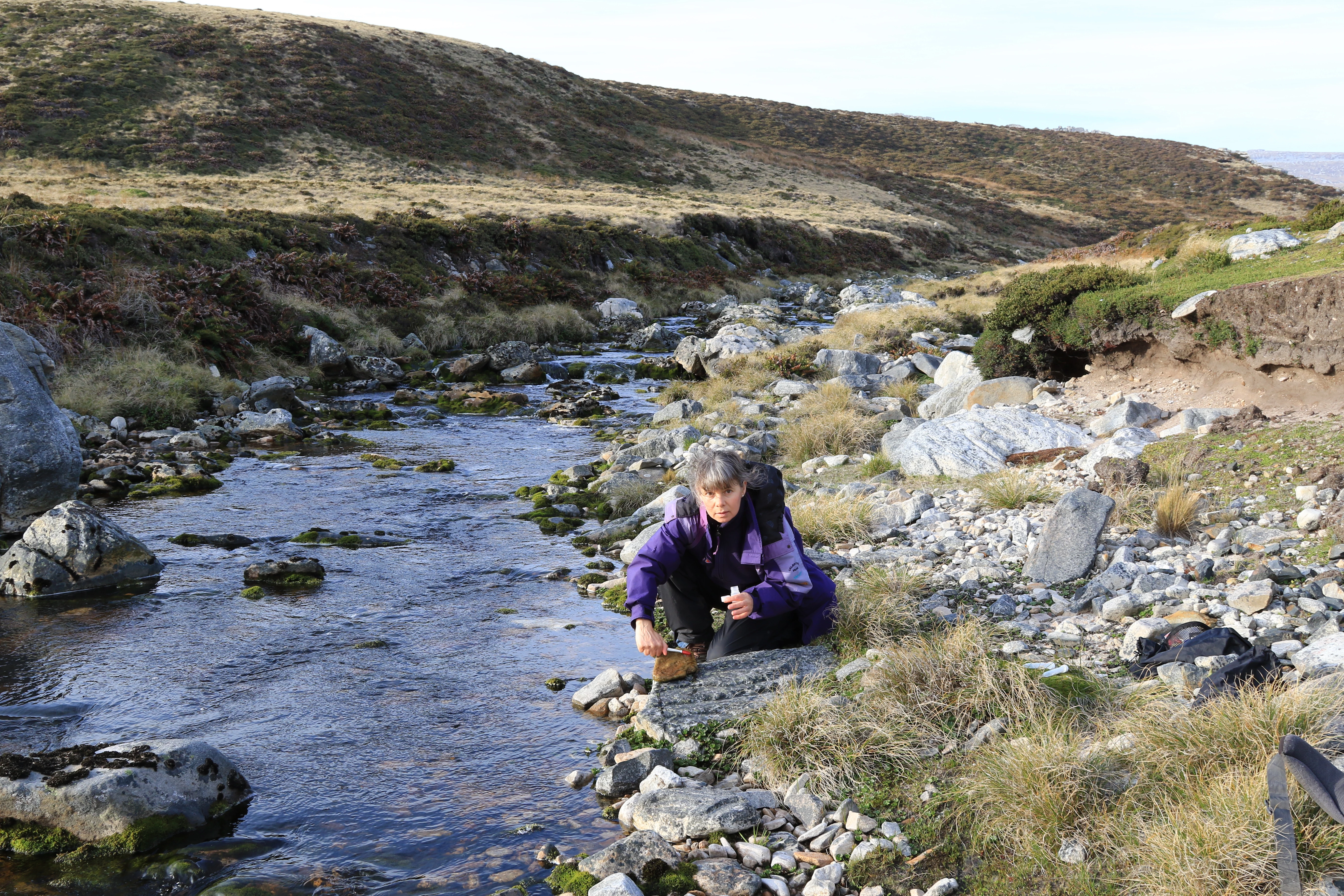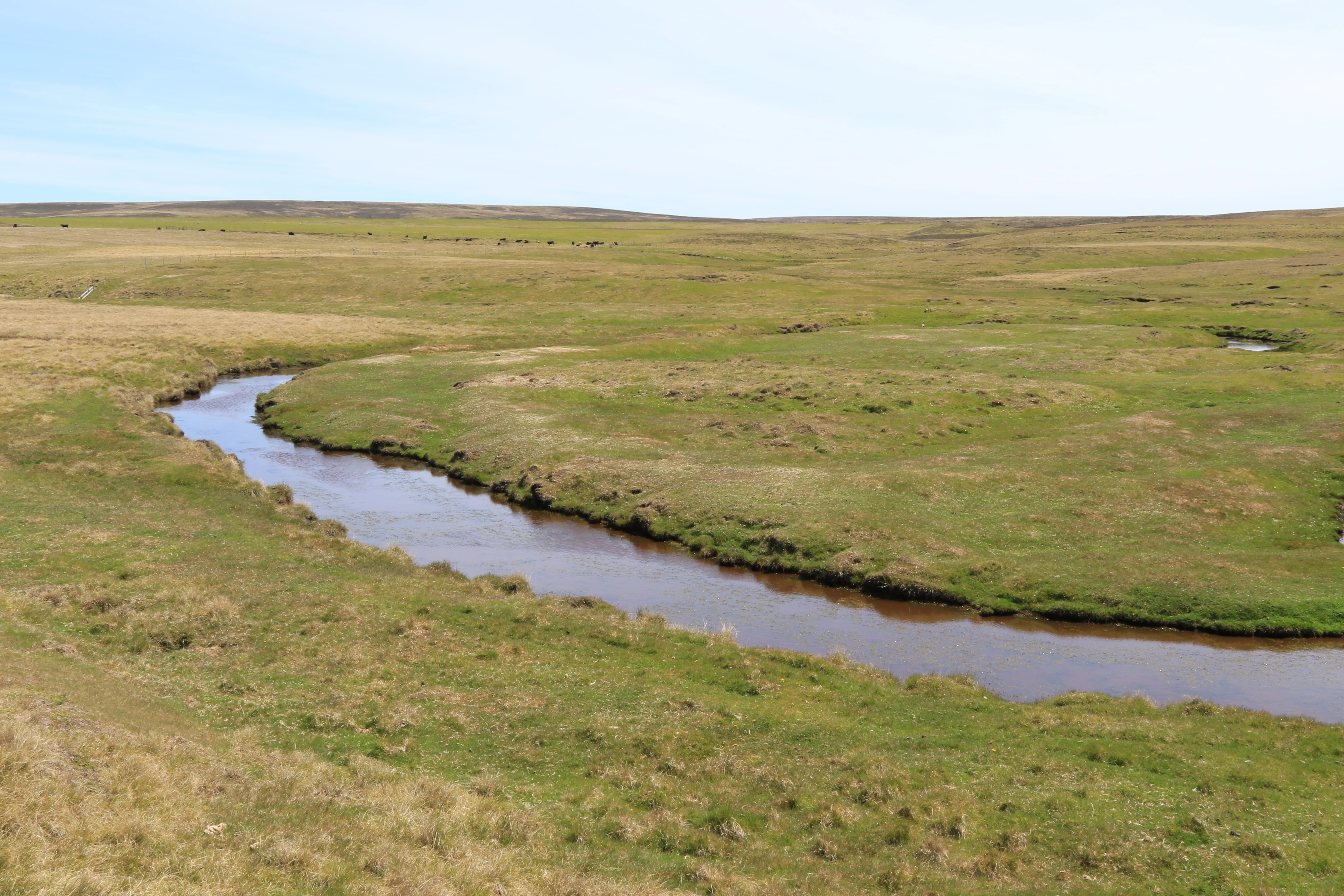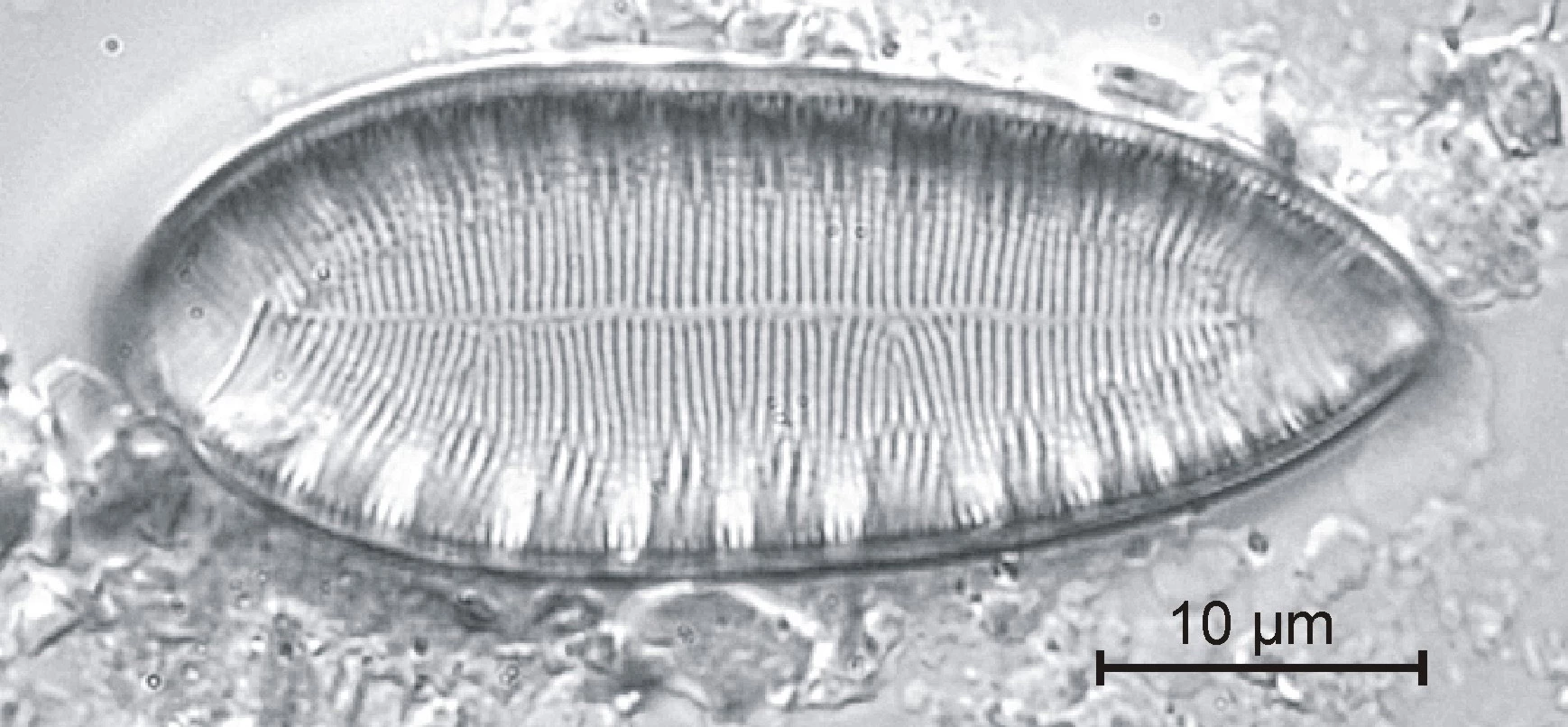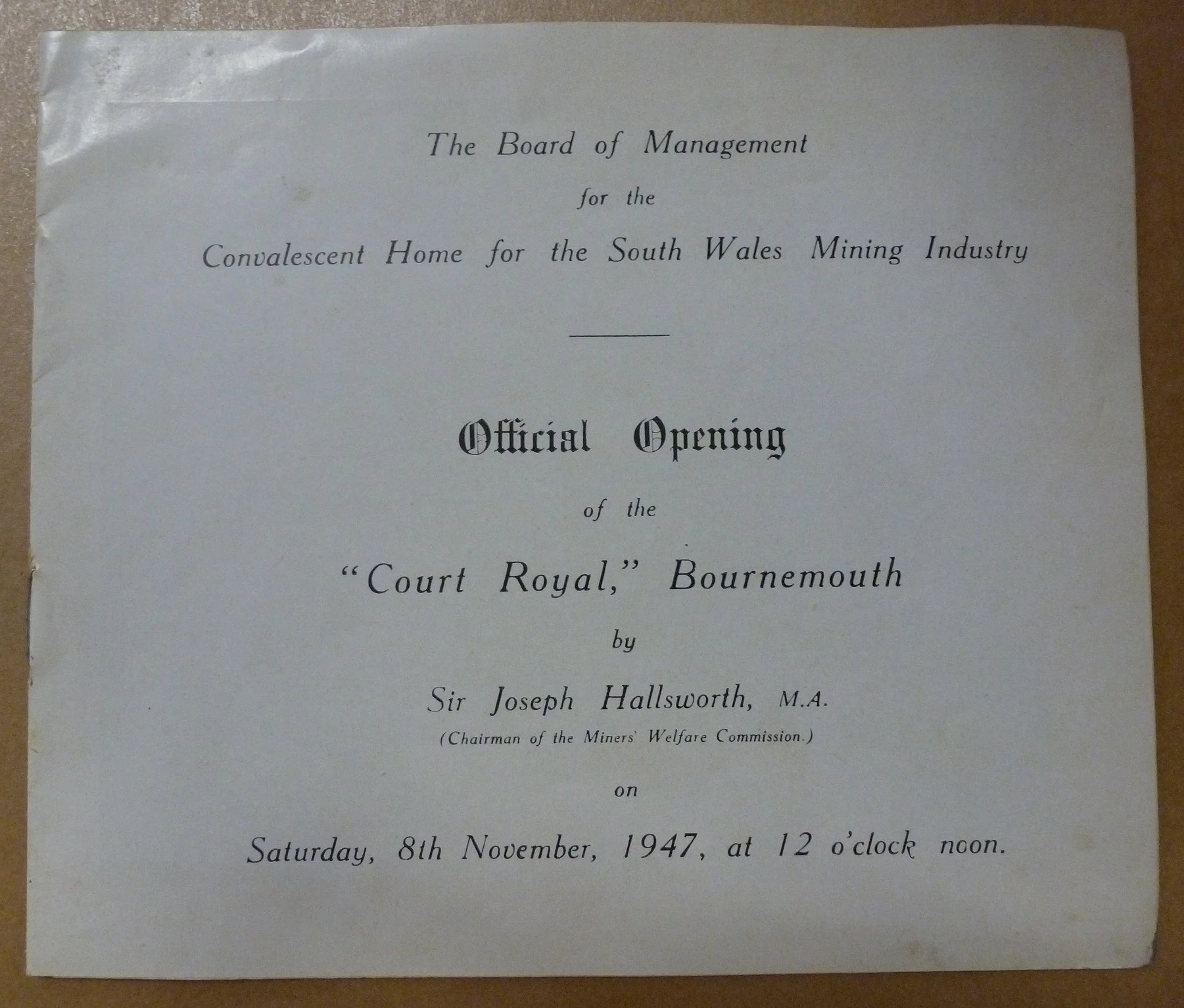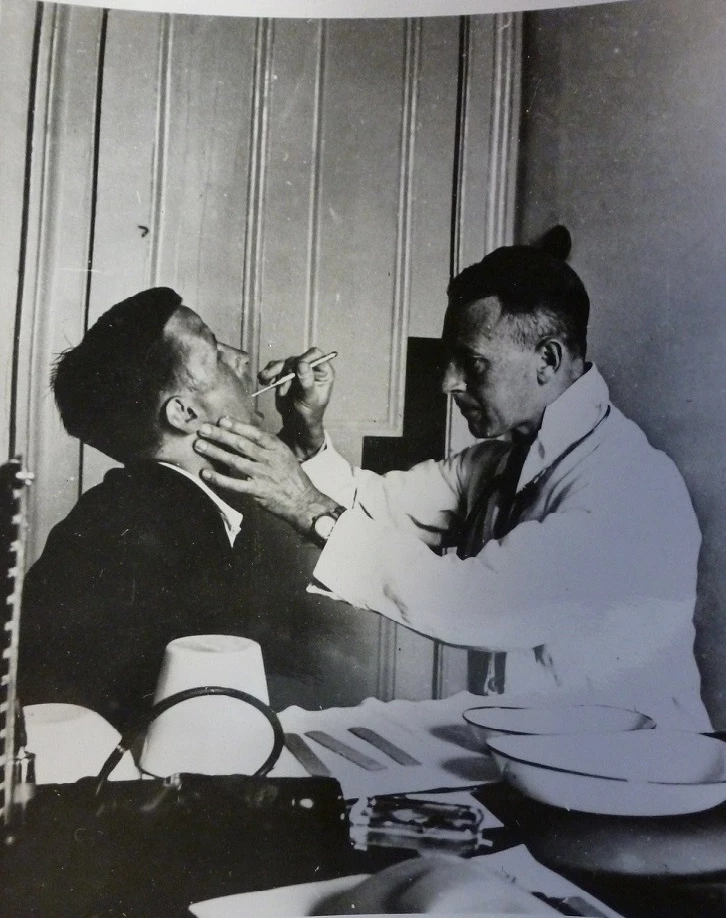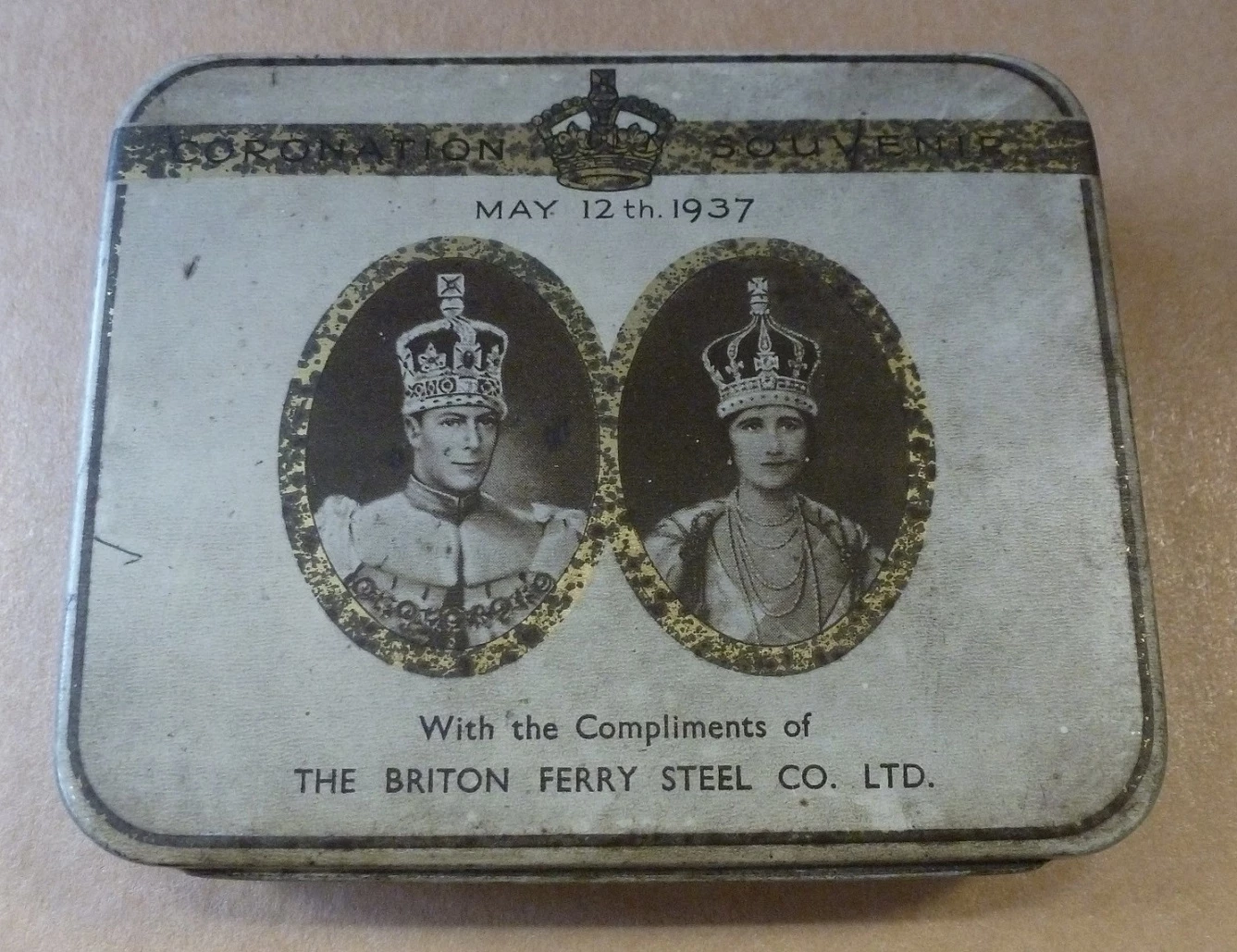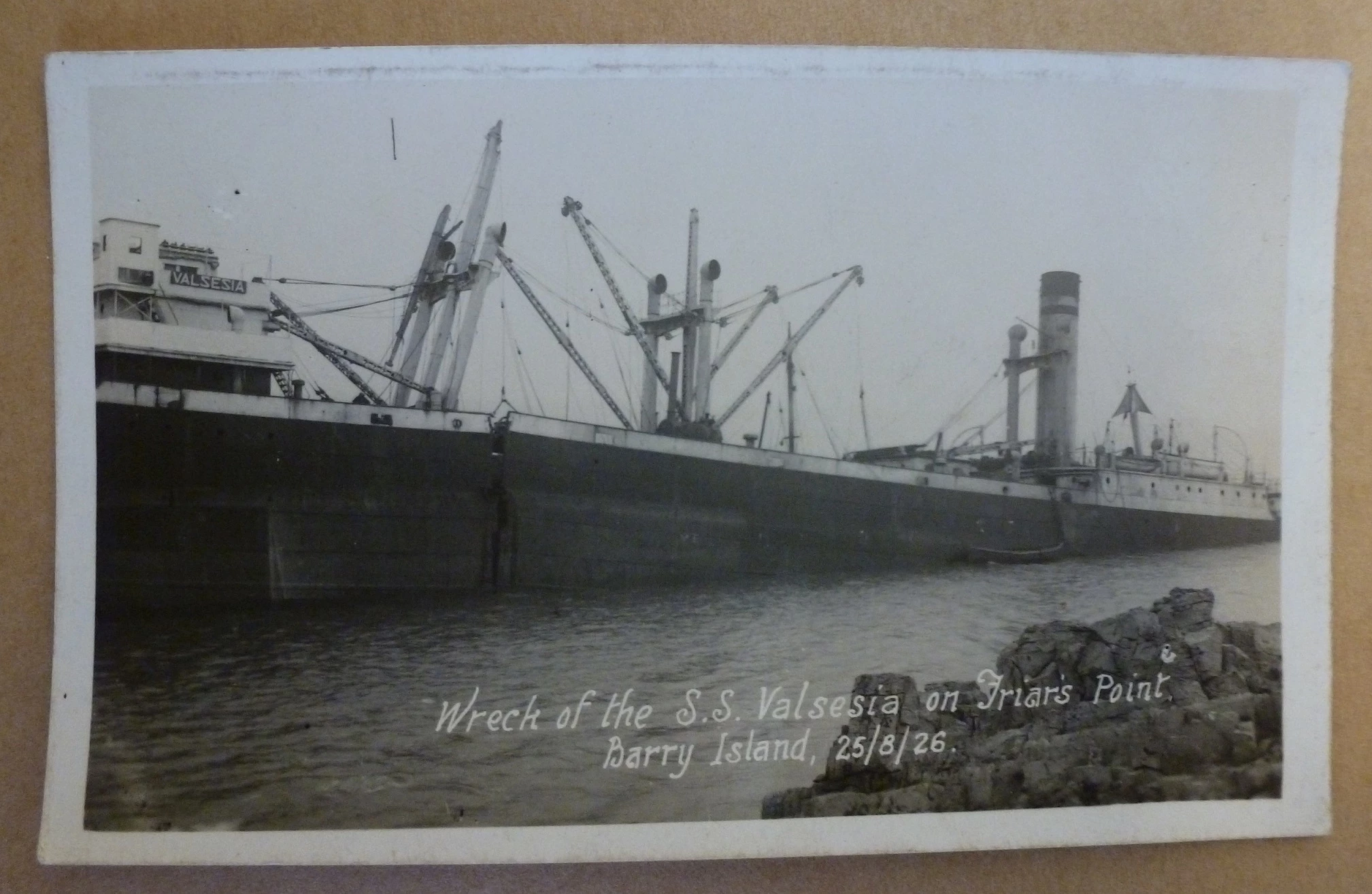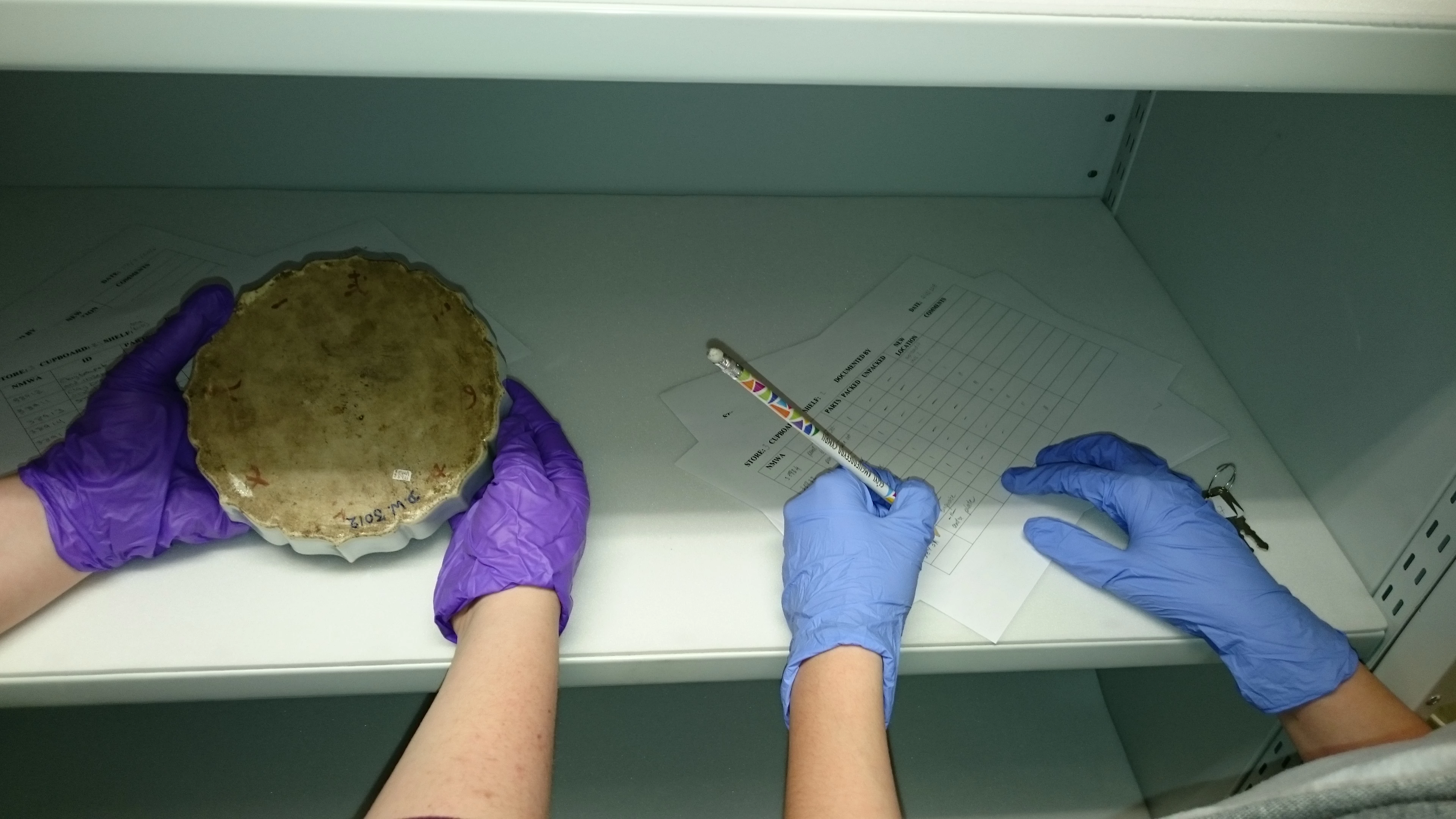Wythnos Gwirfoddolwyr - Elizabeth Radcliffe o Sain Ffagan
, 3 Mehefin 2016
Yr wythnos hon, mae amgueddfeydd ledled y wlad yn dathlu ac yn hyrwyddo cyfraniad arbennig eu gwirfoddolwyr. Yma yn Sain Ffagan, mae ‘cymuned’ o wirfoddolwyr yn chwarae rhan bwysig yng ngweithgarwch yr Amgueddfa. Gallwch weld eu gwaith ar draws y safle – o’r gerddi i’r adeiladau hanesyddol. Canrif yn ôl – yn ystod y Rhyfel Byd Cyntaf – roedd gwirfoddolwyr yn gadael eu hôl ar Sain Ffagan o dan amgylchiadau pur wahanol.
Yn ystod y Rhyfel, sefydlwyd bron i 18,000 o elusennau newydd ym Mhrydain ac fe welwyd ymgyrchu gwirfoddol ar raddfa heb ei debyg o'r blaen. Ynghyd ag Urdd San Ioan, roedd y Groes Goch Brydeinig yn ganolog i'r ymgyrch hon. Yn 1909, daeth y ddwy elusen ynghyd i sefydlu cynllun y Voluntary Aid Detachment (VAD), gyda'r bwriad o roi hyfforddiant meddygol i wirfoddolwyr a'u paratoi i wasanaethu gartref a thramor mewn cyfnodau o ryfel. Yn ôl ystadegau'r Groes Goch, erbyn diwedd y Rhyfel Byd Cyntaf roedd 90,000 o bobl wedi cymryd rhan yn y cynllun - yn eu plith Elizabeth Radcliffe o bentref Sain Ffagan.
Yn ferch i ofalwr capel y pentref, roedd Elizabeth a’i theulu yn denantiaid i’r Arglwydd Plymouth o Gastell Sain Ffagan. Ganwyd chwech o blant i William a Catherine Radcliffe – pedwar mab (William, Thomas, Robert a Taliesin) a dwy ferch (Elizabeth a Mary). Cyn y Rhyfel, bu Elizabeth yn gofalu am blant James Howell – un o berchnogion y siop enwog yng Nghaerdydd. Ond erbyn 1916, roedd hi nôl yn Sain Ffagan ac yn gwirfoddoli fel nyrs VAD yn yr ysbyty ategol a agorwyd ar dir y Castell ym Mawrth y flwyddyn honno. Ar y pryd, roedd hi’n ddi-briod ac yn 28 mlwydd oed.
Roedd y rhan fwyaf o nyrsys Ysbyty Sain Ffagan yn wirfoddolwyr lleol – menywod o’r pentref, yn anad dim, a oedd wedi derbyn hyfforddiant sylfaenol gan y Groes Goch. Dim ond 70 o wlâu a dwy ward oedd yn yr ysbyty, felly milwyr ag anafiadau ysgafn oedd yn cael eu trin yno. Roedd gofyn i’r gwirfoddolwyr wisgo iwnifform swyddogol y mudiad, sef ffrog las a ffedog wen gyda chroes goch wedi ei phwytho ar y frest. Mae llyfrau cyfrifon Ystâd Plymouth yn cynnwys sawl cyfaniad ariannol at gostau prynu gwisgoedd i staff yr ysbyty. Mae’n debyg fod siop J. Howell & Co. ymhlith y cyflenwyr.
Yn ffodus iawn, mae gwisg Elizabeth Radcliffe o’r cyfnod hwn wedi goroesi, ynghyd â llun ohoni yn ei lifrai. Rhoddwyd ei ffedog a'i llewys i gasgliad yr Amgueddfa yn 1978, ac yn ddiweddar cawsom ragor o wybodaeth amdani a’i brodyr gan aelodau’r teulu. O’r pedwar brawd aeth i’r ffrynt, dim ond un ohonynt – Taliesin – ddaeth adref i Sain Ffagan yn fyw. Mae enwau William, Thomas a Robert Radcliffe i’w canfod ar gofeb rhyfel y pentref, ynghyd ag Archer Windsor-Clive - mab ieuengaf yr Arglwydd Plymouth - a laddwyd ym Mrwydr Mons. Mae’n amhosibl i ni amgyffred â mawredd y golled i Elizabeth a’i rhieni – un teulu ymysg y miliynau a rwygwyd gan erchyllterau’r Rhyfel Mawr.
Os hoffech ddarganfod mwy am waith y Groes Goch yn ystod y Rhyfel Byd Cyntaf, mae adnoddau gwych ar wefan y mudiad, gan gynnwys rhestr o'r holl ysbytai ymadfer a agorwyd ym Mhrydain. Mae llu o wrthrychau a delweddau perthnasol yn y casgliad yma yn Sain Ffagan hefyd. Ewch draw i'r catalog digidol i ddarganfod mwy.


